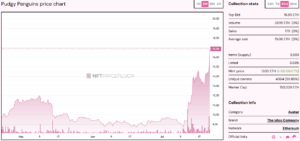Unlock the Cardiologists’ Secret: How 4-Minute Workouts Are Shocking the Fitness World and Turbocharging Heart Health!
The Problem: Bad Sleep
The Fix: Pour Some Coffee
The trick for me after a bad night of sleep is coffee. It’s actually not harmful for your heart in moderation, which is about two cups a day. I like Starbucks House Blend or Breakfast Blend with 2% milk. It gets me going so I can avoid unhealthy habits and keep up with my exercise—cardio workouts at least three times per week and as much walking throughout the day as possible—regardless of travel, vacations, or work.
—Matthew Budoff, MD, endowed chair of Preventive Cardiology at Harbor-UCLA Medical Center
Cardiologists Also Recommend This
Do the Newer, Better, DIY Heart Check
Which is a better way to know if your heart is doing well: a low daily heart rate or a high daily step count? Both, per recent research. Taking them both into account lets you figure out an important number called your heart risk ratio. Here’s how to check.
1) Do the Math
Daily heart rate / daily step count = heart risk ratio
Calculate your average over two weeks.
2) See How you Stack Up
You want a ratio below 0.0147. People with this ratio and above had a higher risk
of hypertension, heart failure, and coronary atherosclerosis than people below that. So that means, for instance, that someone who walks 10,000 steps a day at an average daily heart rate of 60 has a more efficient heart than someone who walks the same number of steps but at or above a heart rate of 147.
Why This Matters
“The coronary arteries supply blood to the heart,” says study author Zhanlin Chen. “When there are clogs in those arteries, you don’t supply as much blood to the heart with every beat, so your heart has to beat more to compensate.” A higher ratio can be a nudge to get more steps in and make other heart-smart moves.














Post Comment